3D-Scanner for smartphones from Caltech
Smartphone design is mostly about minimizing form factors and maximizing features. Caltech’s dream of implementing 3D scanners in smartphones should be no hindrance to that trend.
The nanophotonic coherent imager (NCI) chip, that is the key to getting a 3D scanning feature, is less than a millimeter square in area which will have no impact on form factor. The compact chip will be making use of LIDAR technology, wherein the sensor analyzes reflected light from a target after casting laser beams onto it, and determines the distances from the data. This technology has been around for a while and is becoming highly utilized, especially with the rise of self-driving cars and the continuous advancement in robotics.
According to Caltech, “…high-resolution images and information provided by the NCI are made possible because of an optical concept known as coherence. If two light waves are coherent, the waves have the same frequency, and the peaks and troughs of light waves are exactly aligned with one another. In the NCI, the object is illuminated with this coherent light. The light that is reflected off of the object is then picked up by on-chip detectors, called grating couplers, that serve as “pixels,” as the light detected from each coupler represents one pixel on the 3-D image. On the NCI chip, the phase, frequency, and intensity of the reflected light from different points on the object is detected and used to determine the exact distance of the target point.”
The technology has already been proven to work. The image of the coin above was constructed with the NCI prototype with only 16 coherent pixels. This limits the technology to work only with smaller objects. However, it is possible to extend the use of the scanner to larger objects by using a panorama-like approach, wherein the scanner will reconstruct 3D images in a batch of 4×4 pixels, covering a section of an object at a time.
https://gizbeat.com/7261/caltechs-3d-scanner-dream-for-smartphones/https://gizbeat.com/wp-content/uploads/prototype.jpghttps://gizbeat.com/wp-content/uploads/prototype-150x150.jpgTechSmartphone design is mostly about minimizing form factors and maximizing features. Caltech’s dream of implementing 3D scanners in smartphones should be no hindrance to that trend. The nanophotonic coherent imager (NCI) chip, that is the key to getting a 3D scanning feature, is less than a millimeter square in area...Nicky ArriolaNicky Arriola[email protected]EditorNicky is a full-time student and full-time lab worker. Her passion is anything to do with gadgets or tech and has high hopes to get all roads in the world paved with solar LED panels.GizBeat
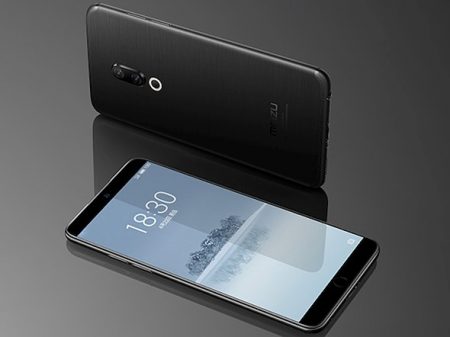
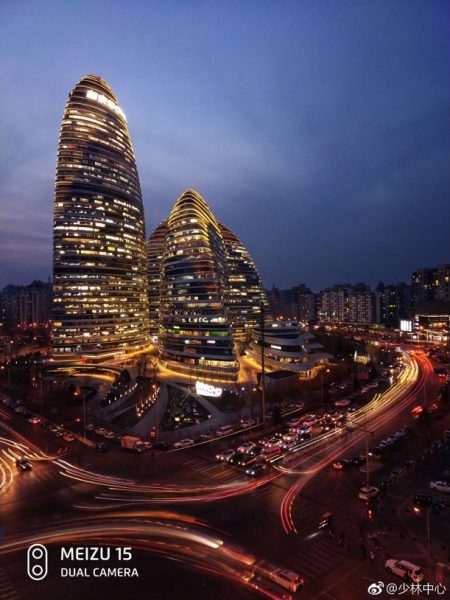
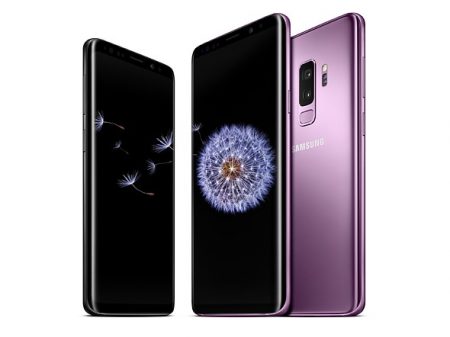
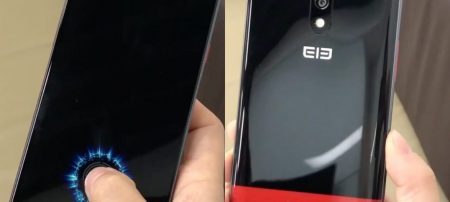
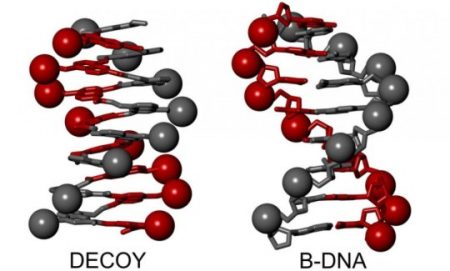

Leave a Reply